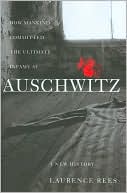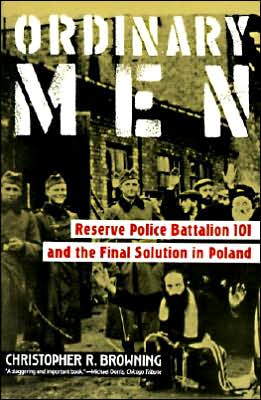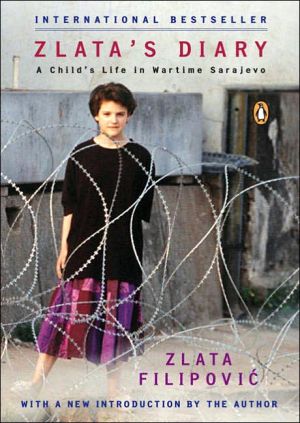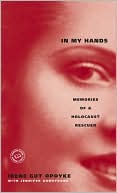Generation in Jeopardy: Children in Central and Eastern Europe and the Former Soviet Union
Children in Central and Eastern Europe and the former Soviet Union explores the dire impact that political and economic transition has had on the lives of millions of children in this troubled region. Generation in Jeopardy brings together the research and views of experts from across the region and extensive data gathered by UNICEF. It is illustrated with black-and-white photographs and numerous charts, graphs, and tables.
Search in google:
Probes beneath the rhetoric about system change to examine the impact of political, social, and economic dislocation, ethnic conflict and civil war on the most vulnerable population: children. Library Journal Of course we think about starving children, but to what extent? UNICEF has prepared a well-documented work focusing on the children of Central and Eastern Europe and the former Soviet Union. This is not a book about starving children but about the social, political, and economic upheaval that has drastically affected the lives of 150 million young people. For instance, in six years the male teen suicide rate in Russia increased more than 18 percent, while in Belarus adolescent crimes rose 100 percent between 1989 and 1994. Why? During that time 12,000 children were orphaned or abandoned in that country alone. Chapter after chapter deals with statistics and analysis prepared by experts in their fields. It is often difficult to absorb the eye-opening material and the implication that these children may well be beyond jeopardy--they may already be lost. Essential reading for those interested in history, children, social programs, politics, and the future.--Sandra Isaacson, U.S. EPA Region VII Lib., Kansas City
List of Charts, Graphs, and TablesForewordPrefaceAcknowledgmentsPt. 1Social conditions: Children's welfare and families' access to basic social servicesCh. 1The social and economic cost of transition3Ch. 2Child health19Ch. 3Environment33Ch. 4Nutrition41Ch. 5Education49Pt. 2Child protection: Children in especially difficult circumstancesCh. 6Children on the front line: Child refugees and victims of war57Ch. 7Child neglect, abuse, and exploitation67Ch. 8Child labor75Ch. 9Juvenile crime81Pt. 3Different faces of the transition: Area highlightsCh. 10Children in the republics of former Yugoslavia89Ch. 11Central Europe97Ch. 12Children of the Baltic countries105Ch. 13Southeastern Europe115Ch. 14Belarus, the Russian Federation, and Ukraine127Ch. 15The Caucasus countries141Ch. 16The Central Asian republics and Kazakhstan149Ch. 17The Aral Sea disaster zone157Ch. 18Minority groups163Afterword171Glossary175References179Bibliographic Notes193Index196
\ Library JournalOf course we think about starving children, but to what extent? UNICEF has prepared a well-documented work focusing on the children of Central and Eastern Europe and the former Soviet Union. This is not a book about starving children but about the social, political, and economic upheaval that has drastically affected the lives of 150 million young people. For instance, in six years the male teen suicide rate in Russia increased more than 18 percent, while in Belarus adolescent crimes rose 100 percent between 1989 and 1994. Why? During that time 12,000 children were orphaned or abandoned in that country alone. Chapter after chapter deals with statistics and analysis prepared by experts in their fields. It is often difficult to absorb the eye-opening material and the implication that these children may well be beyond jeopardy--they may already be lost. Essential reading for those interested in history, children, social programs, politics, and the future.--Sandra Isaacson, U.S. EPA Region VII Lib., Kansas City\ \








